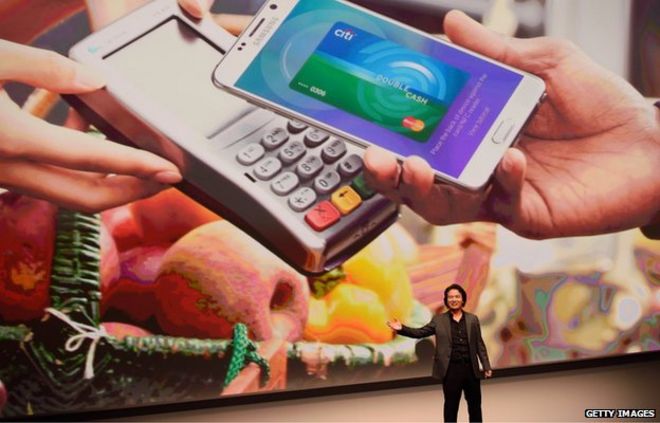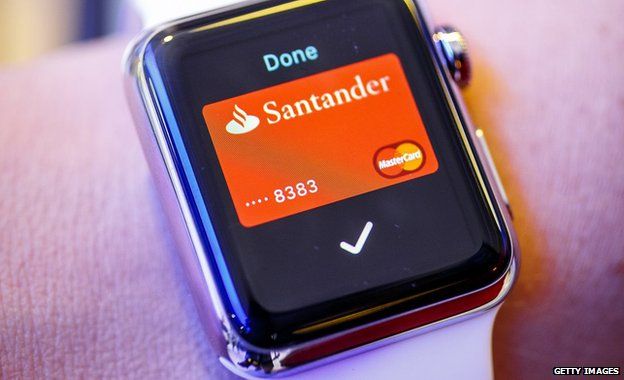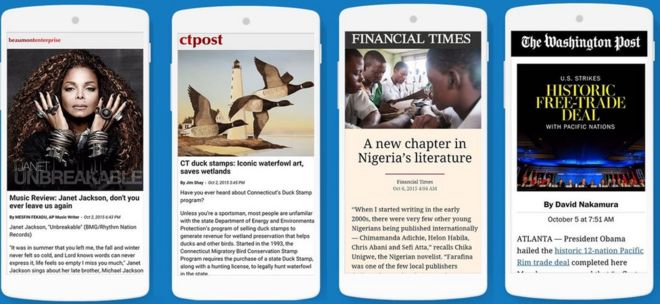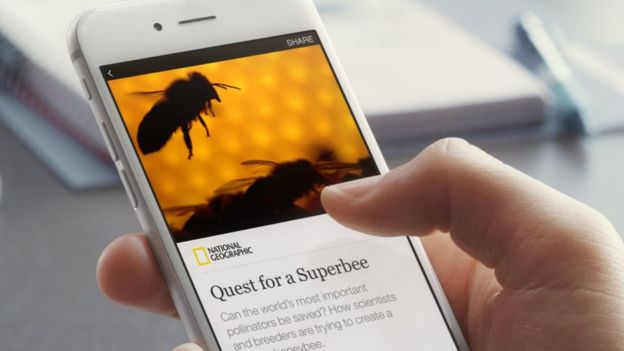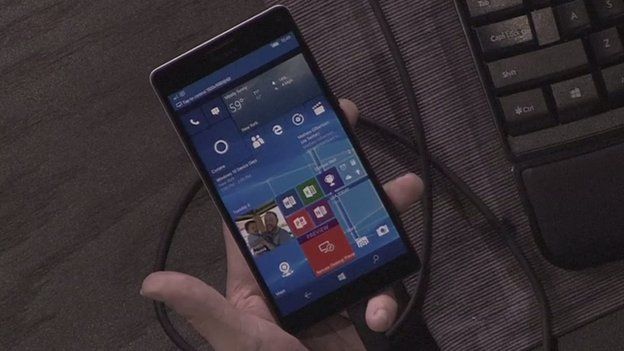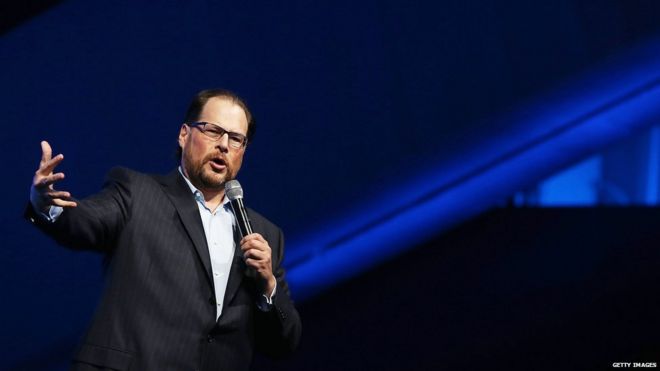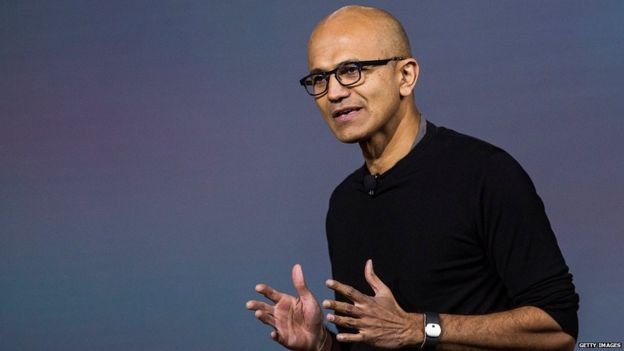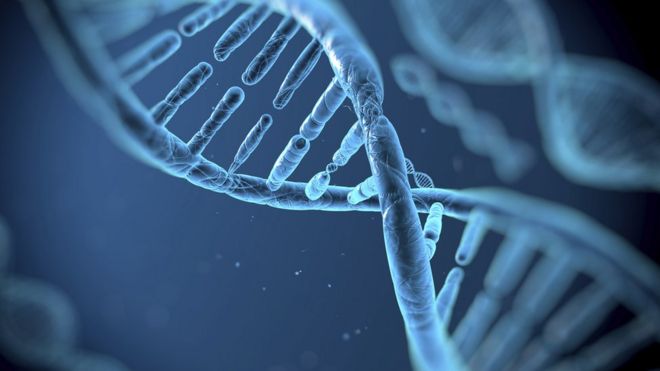Six of the most successful Fifa video gamers to feature on YouTube have been targeted by cyber-thieves.
The hackers stole millions of Fifa coins, the games virtual currency, and sold players worth thousands of pounds.
They are thought to have convinced manufacturer EA Sports to transfer their victims' Origin accounts to email addresses the hackers controlled.
Many other well-known players who do not make videos are also believed to have been hit.
AnesonGib, W2S, Nepenthez, Nick28T, Bateson87 and matthdgamer have more than five million YouTube subscribers between them.
Matthew Craig, the man behind matthdgamer, told the BBC: "There have been about 10 or more accounts which have been hacked over the last two weeks, me included."
In a video, Nick28T said: "Basically, someone called in pretending to be me and... got in to my account."
An EA representative said: "We encourage all Fifa players to secure their accounts with authentication and verification steps, which we outline on our help and our product sites.
"We are consistently working through our customer experience teams to secure accounts and make sure players are educated when account compromises are made."
Mr Craig said EA had apologised to him about the attack and had moved quickly to help him once he had reported it.
"They got my account back, added four or five more security measures, and my account has been fine since," he said.







